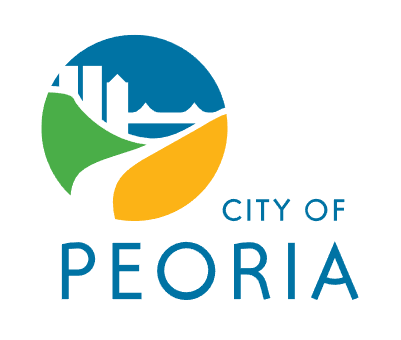Home
We Need Your Input!
To build a plan for everyone, we need your help! We will be engaging the community to get feedback on how best to prioritize safety improvements for the city. Whether you walk, bike, drive, use a wheelchair, take transit, or ride a scooter, we want to hear from you. Explore our feedback opportunities to share your thoughts in the interactive map and survey tabs. For more background on the project expand the sections below.
An ADA Transition Plan is a roadmap that helps cities and towns ensure that their public rights-of-way facilities, such as sidewalks, curb ramps, pedestrian crossings and pedestrian signals, are accessible to everyone, including people with disabilities. “ADA” stands for the Americans with Disabilities Act, which is a law that requires public places to be accessible.
The Transition Plan includes:
1. Identifying Barriers: Finding places where there are obstacles that make it hard for people with disabilities to get around, like steps without ramps or sidewalks that are too narrow.
2. Setting Priorities: Deciding which barriers should be fixed first. For example, accessibility of sidewalks and street crossings near schools or libraries could be a top priority.
3. Scheduling and Budgeting: Planning when and how the changes will be made, including how much they will cost.
4. Monitoring Progress: Keeping track of how well the plan is being followed and making adjustments if needed.
The goal is to make the town or city a welcoming place for everyone, so people with disabilities can move around freely and safely.
The Access Board has published new guidelines under the Americans with Disabilities Act (ADA) and the Architectural Barriers Act (ABA) that address access to sidewalks and streets, crosswalks, curb ramps, pedestrian signals, on-street parking, and other components of public right-of-way.
Learn more at https://www.access-board.gov/prowag/
To learn more about an ADA Transition Plan, here are links to websites created by the United States Government.
US Access Board Public Right-of-Way Accessibility Guidelines
https://www.access-board.gov/prowag/
US Access Board 2010 Americans with Disabilities Act
https://www.access-board.gov/ada/doj.html
US Department of Justice Americans with Disabilities Act
https://www.ada.gov/law-and-regs/design-standards/...
Federal Highway Administration – ADA Transition Plan and Inventory Map
Public input and engagement are key to a successful ADA Transition Plan. Take the survey and/or contribute to the map survey to share your input.




